7-Bromo-2-(4-hydroxyphenyl)-1,3-benzoxazol-5-ol
Synonym(s):7-Bromo-2-(4-hydroxyphenyl)-1,3-benzoxazol-5-ol;7-bromo-2-(4-hydroxyphenyl)-5-benzoxazolol
- CAS NO.:440122-66-7
- Empirical Formula: C13H8BrNO3
- Molecular Weight: 306.11
- MDL number: MFCD16618385
- EINECS: 604-604-1
- SAFETY DATA SHEET (SDS)
- Update Date: 2024-11-19 20:33:22
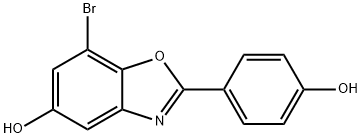
What is 7-Bromo-2-(4-hydroxyphenyl)-1,3-benzoxazol-5-ol?
The Uses of 7-Bromo-2-(4-hydroxyphenyl)-1,3-benzoxazol-5-ol
WAY 200070 is an aryl diphenolic azole and a selective ERβ agonist. This compound is suitable for estrogen receptor signaling research.
What are the applications of Application
WAY 200070 is a selective ERβ agonist
Biological Activity
WAY-200070 is a selective estrogen receptor agonist with IC50 of 2.3 nM.
in vivo
Administration of WAY-200070 (30 mg/kg sc) causes nuclear translocation of ERRβ receptors in WT mice. Administration of it produces a delayed 50% increase in dopamine in the striatum of wild type mice. It reduces immobility time in the mouse tail suspension test indicating an antidepressant-like effect. In gonadally intact male and female mice WAY-200070 increases agonistic behaviors such as pushing down and aggressive grooming, while leaving attacks unaffected. Ovariectomized (ovx) mice treated with PPT fail to learn the socially acquired preference, while WAY-200070-treated ovx mice shows a two-fold prolonged preference for the food eaten by their demonstrator. WAY-200070 , shows significantly decreased anxiety-like behaviors in both the open-field and elevated plus maze and significantly less depressive-like behaviors in the forced swim test.
< /div>
Properties of 7-Bromo-2-(4-hydroxyphenyl)-1,3-benzoxazol-5-ol
| Boiling point: | 463.6±35.0 °C(Predicted) |
| Density | 1.720±0.06 g/cm3(Predicted) |
| storage temp. | Store at RT |
| solubility | DMSO: ≥20mg/mL |
| form | solid |
| pka | 7.26±0.40(Predicted) |
| color | White to off-white |
Safety information for 7-Bromo-2-(4-hydroxyphenyl)-1,3-benzoxazol-5-ol
| Signal word | Danger |
| Pictogram(s) |
 Skull and Crossbones Acute Toxicity GHS06 |
| GHS Hazard Statements |
H301:Acute toxicity,oral H319:Serious eye damage/eye irritation |
| Precautionary Statement Codes |
P264:Wash hands thoroughly after handling. P264:Wash skin thouroughly after handling. P270:Do not eat, drink or smoke when using this product. P280:Wear protective gloves/protective clothing/eye protection/face protection. P301+P310:IF SWALLOWED: Immediately call a POISON CENTER or doctor/physician. P305+P351+P338:IF IN EYES: Rinse cautiously with water for several minutes. Remove contact lenses, if present and easy to do. Continuerinsing. P337+P313:IF eye irritation persists: Get medical advice/attention. |
Computed Descriptors for 7-Bromo-2-(4-hydroxyphenyl)-1,3-benzoxazol-5-ol
New Products
(S)-3-Aminobutanenitrile hydrochloride 4-Methylphenylacetic acid N-Boc-D-alaninol N-BOC-D/L-ALANINOL Tert-butyl bis(2-chloroethyl)carbamate 3-Morpholino-1-(4-nitrophenyl)-5,6-dihydropyridin- 2(1H)-one Furan-2,5-Dicarboxylic Acid Tropic acid 1-Bromo-3,5-Di-Tert-Butylbenzene S-2-CHLORO PROPIONIC ACID ETHYL ISOCYANOACETATE 2-Bromo-1,3-Bis(Dimethylamino)Trimethinium Hexafluorophosphate 4-IODO BENZOIC ACID 3-NITRO-2-METHYL ANILINE 1-(2,4-DICHLOROPHENYL) ETHANAMINE (2-Hydroxyphenyl)acetonitrile 4-Bromopyrazole 2-(Cyanocyclohexyl)acetic acid 4-methoxy-3,5-dinitropyridine 1-(4-(aminomethyl)benzyl)urea hydrochloride 2-aminopropyl benzoate hydrochloride diethyl 2-(2-((tertbutoxycarbonyl)amino) ethyl)malonate tert-butyl 4- (ureidomethyl)benzylcarbamate Ethyl-2-chloro((4-methoxyphenyl)hydrazono)acetateRelated products of tetrahydrofuran
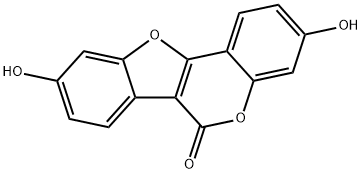
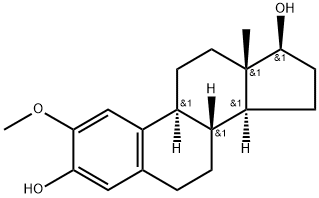
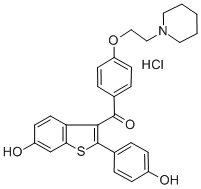
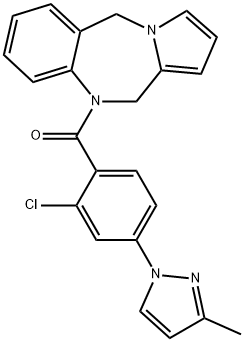
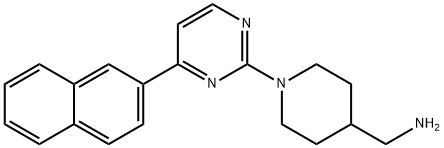
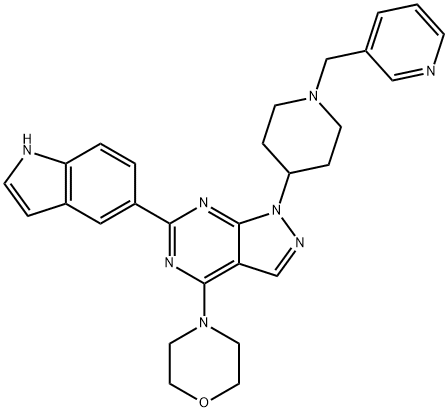
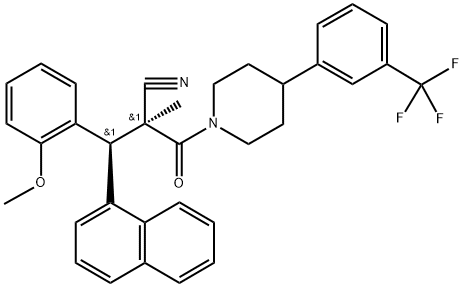
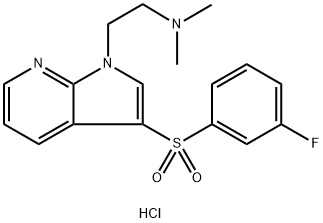
You may like
-
 WAY-200070 CAS 440122-66-7View Details
WAY-200070 CAS 440122-66-7View Details
440122-66-7 -
 2033-24-1 98%View Details
2033-24-1 98%View Details
2033-24-1 -
 1975-50-4 98%View Details
1975-50-4 98%View Details
1975-50-4 -
 2-HYDROXY BENZYL ALCOHOL 98%View Details
2-HYDROXY BENZYL ALCOHOL 98%View Details
90-01-7 -
 2-Chloro-1,3-Bis(Dimethylamino)Trimethinium Hexafluorophosphate 221615-75-4 98%View Details
2-Chloro-1,3-Bis(Dimethylamino)Trimethinium Hexafluorophosphate 221615-75-4 98%View Details
221615-75-4 -
 61397-56-6 CIS BROMO BENZOATE 98%View Details
61397-56-6 CIS BROMO BENZOATE 98%View Details
61397-56-6 -
 14714-50-2 (2-Hydroxyphenyl)acetonitrile 98+View Details
14714-50-2 (2-Hydroxyphenyl)acetonitrile 98+View Details
14714-50-2 -
 118753-70-1 98+View Details
118753-70-1 98+View Details
118753-70-1